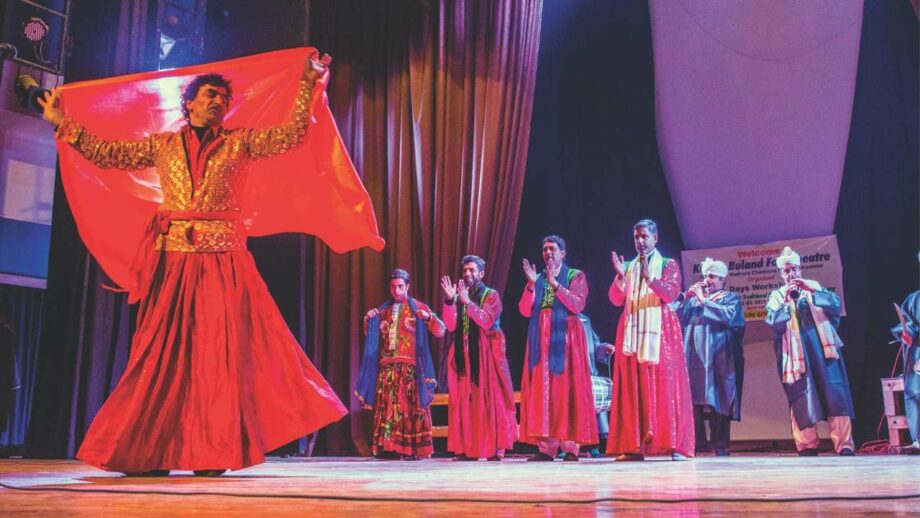The peculiar feature of folk theatre used to be its association with the regional language and artists. Songs sung in this theatre across India were Natya Sangeet in Maharashtra, Paatu in Tamilnadu, khayal in North India and Isai of Isai Nakadam.
These folk songs are based on old theatrical style marked by Raga and Tala and high pitch voice that reaches higher octave whenever needed. In earlier days actors had to sing during their performances to convey their emotions. For all-night dramas, open-air a performances were held for different situations especially during festivals. Voices with great range and training from renowned music school/ Gharana in indigenous music were essentials.
This was so because those were not the days of amplifiers and full throat singing was supposed to keep the audiences awaked. For this purpose, the artist was given the training from the very young age in the open fields.
In earlier days, theatre companies used to share the collection that was made on the gates with each actor based on their length in the play and the importance of the role that was played by him.
It is believed that with the rise of Vaishnavism in the 15 century, folk theatre and folk forms such as Raas Leela, Raas Dhari and Ankiyanat gained momentum. The Jatras of Bengal and Lila forms of North India, Khyal of Rajasthan, Bhavai of Gujarat and Tamasha of Maharashtra along with Swangs of Haryana were the few names that were inspired by devotional stories. Several times these folk theatres used to revolve around social issues which were affecting the common man.
Various other forms of folk theatre played an important role in the cultural and social development of society as they had the potential to affect the mindset of audiences.
Clubbing theatrical shows with Epic recitations, folk tales, songs, and many other forms became the means of communication in the society which was not marked by technological development and high rate of literacy.
In modern India, the folk theatre played an essential role as a medium for communication with masses. Traditional theatre forms used to reflect the common man’s ideology and perceptions. It never emphasised on beauty but acting and narrations along with the descriptive skills. Folk theatre was the direct communication between the actor and the audiences.
There was the element of simplicity in traditional folk theatre form that established a rhythmic relationship with the spectators. Applauds from the spectators used to reflect how well the character was played by the artist.


